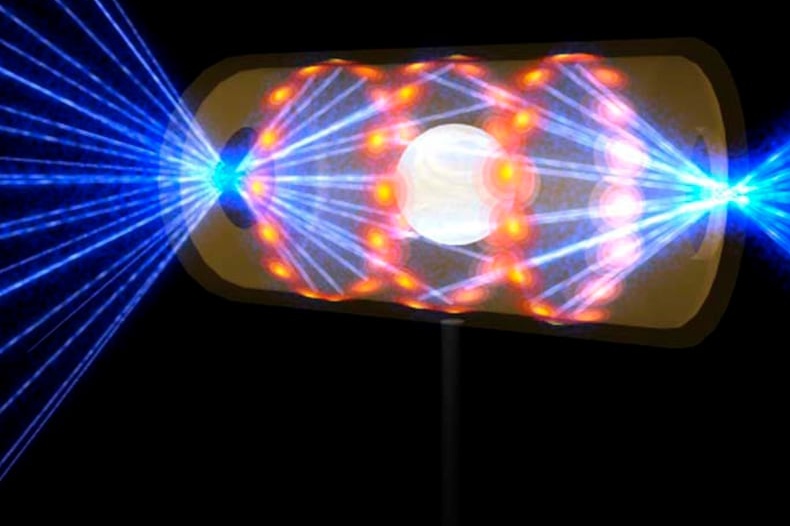
(WASHINGTON) The US Department of Energy said Sunday it is preparing to announce “this week’s biggest scientific breakthrough” in the field of nuclear fusion.
British daily newspaper Financial times Scientists at the Lawrence Livermore National Laboratory (LLNL) in California recently reported a “net energy gain” from an experimental fusion reactor, hours earlier.
The researchers were able to produce more energy in the fusion reaction – similar to the energy that powers the sun – than was consumed in the process, a significant advance in the quest for carbon-free energy.
Asked to comment on the FT story, representatives for the Department of Energy and LLNL told AFP that US Energy Secretary Jennifer Granholm would host an event on Tuesday during which it would “mark a major scientific breakthrough”.
An LLNL spokesperson added that “the analysis (is) still ongoing.”
“We look forward to sharing more information on Tuesday once this process is complete,” she added.
The fusion reaction, which produced a 120% net energy gain, occurred in the past two weeks, the FT reported, citing three people familiar with the preliminary results.
Nuclear fusion is considered the energy of tomorrow by its defenders, especially since it produces less waste and produces no greenhouse gases.
“If there is this progress […] Indeed, this could be a game-changer for the planet,” California Congressman Ted Lieu tweeted after the FT report was released.
Fusion is different from fission, a technique currently used in nuclear power plants that breaks the bonds of heavy atomic nuclei to recover energy.
Fusion is the reverse process: two light atomic nuclei are “married” to create a heavier one. In this case two isotopes (atomic variants) of hydrogen, helium, are formed.
The LLNL facility has about 200 lasers the size of three soccer fields that target a small point with high levels of energy to initiate a fusion reaction.







